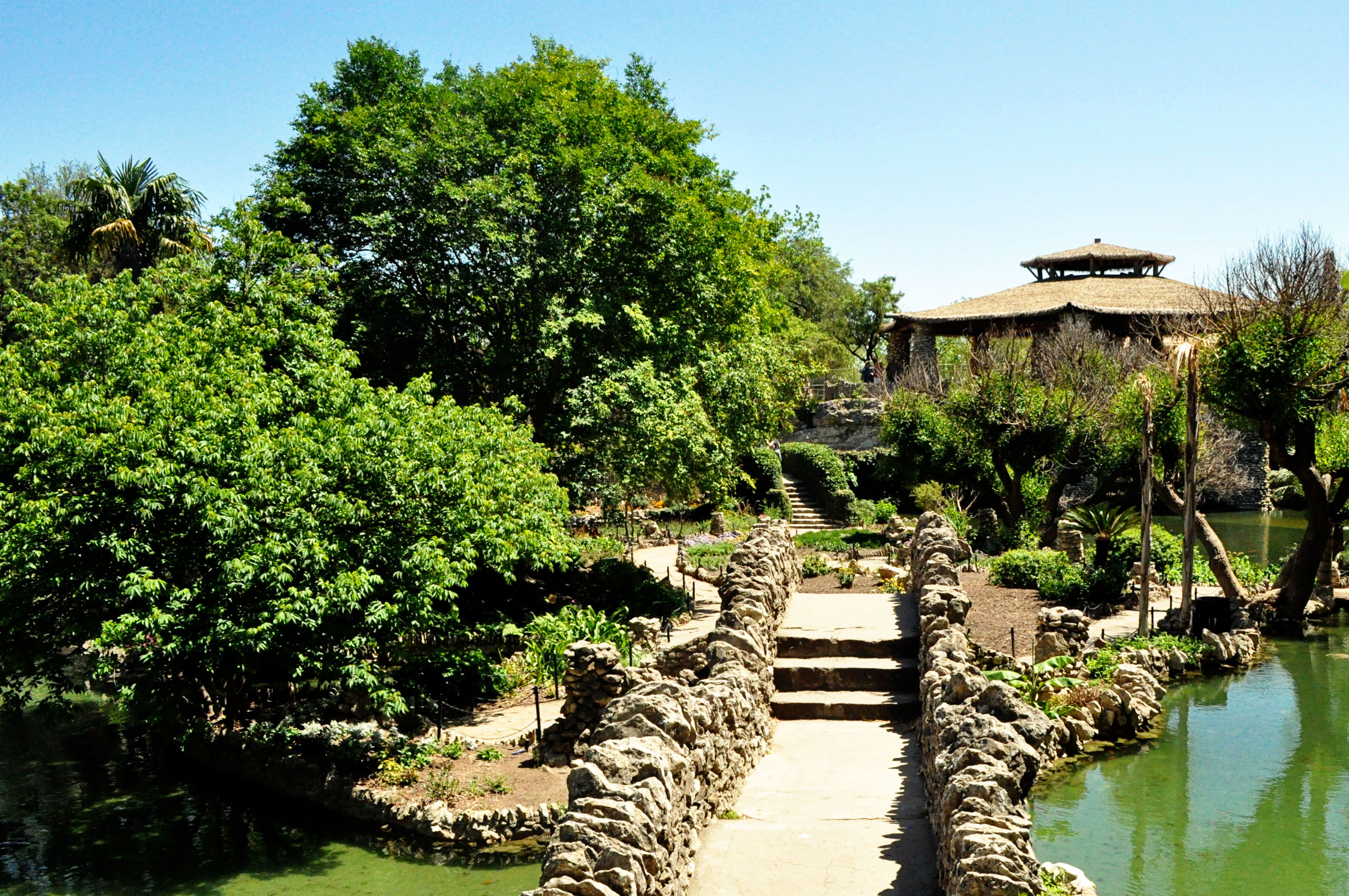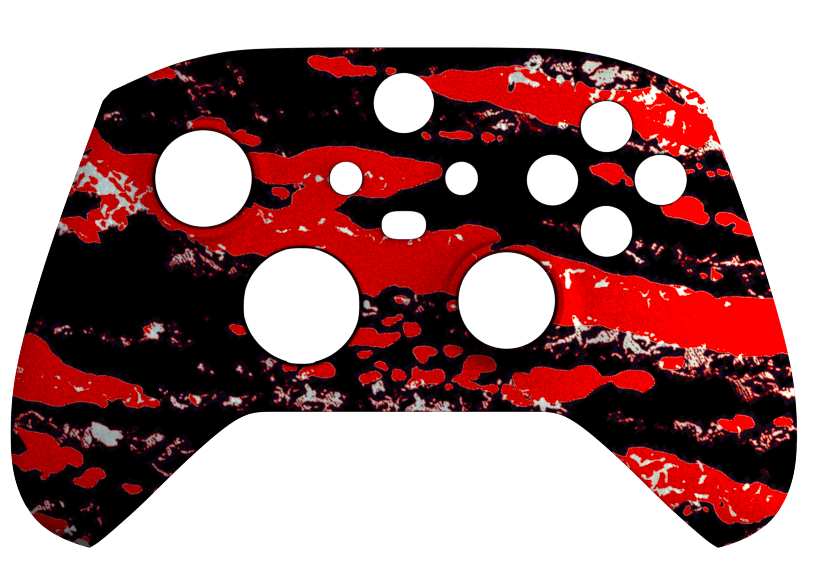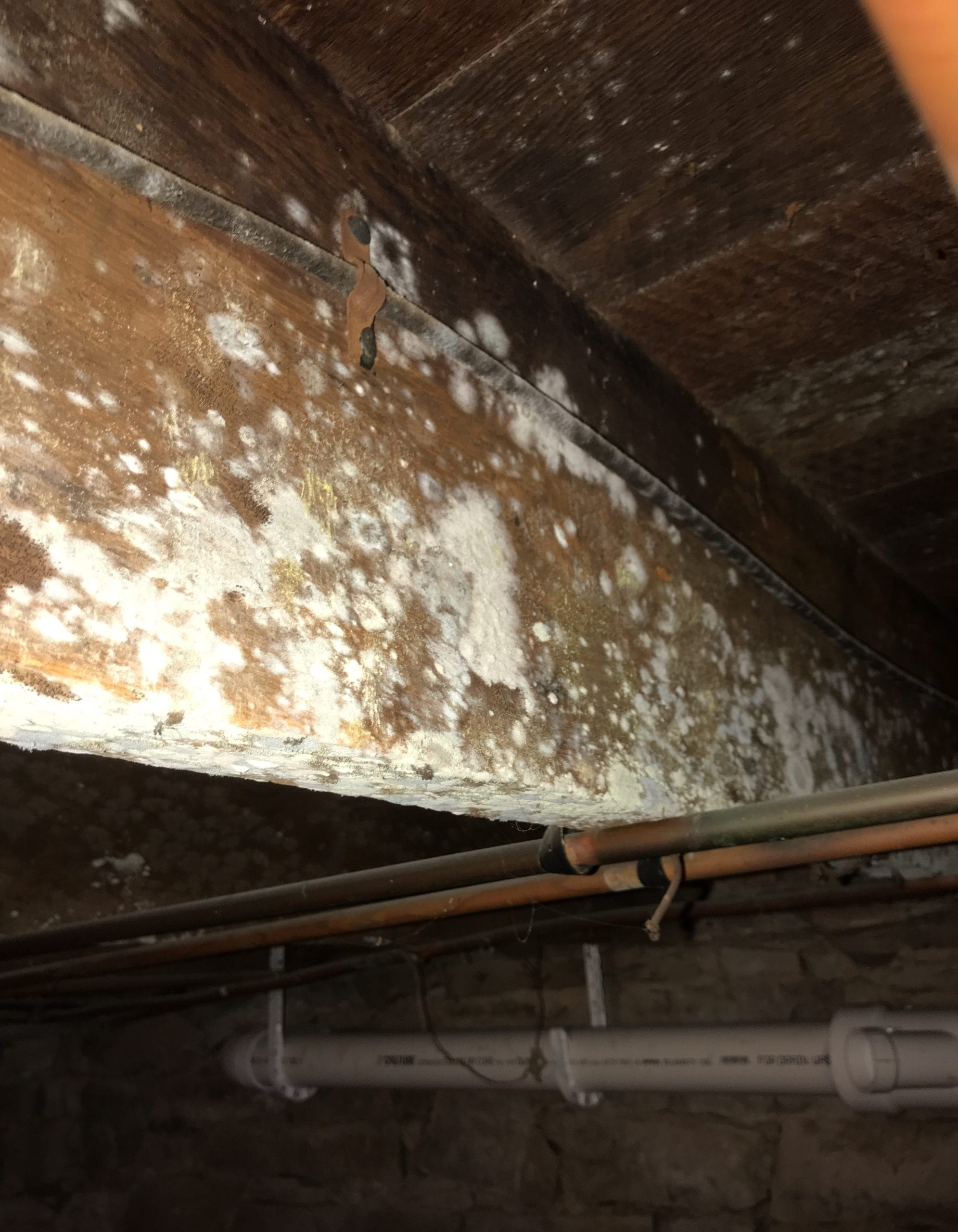Table Of Content
- What features should you include in Japanese garden ideas?
- II. What is Ikebana?
- Ikebana – 2023's biggest floral trend –challenges everything we thought we knew about flower arranging. Here's why
- Voices of the West; New Science on Life in the Garden: Native Plants
- The importance of floral design
- The traditional schools of ikebana
- V. How to Get Started with Ikebana

Historically Japanese gardens were designed for many different purposes, each with their own characteristics and features. Those surrounding tea houses were intimate retreats away from the hectic streets and daily life, while strolling gardens were intended for quiet contemplation and discovery through movement. Dry gardens featuring raked gravel and choice rocks were intended to be viewed rather than physically explored, and courtyard gardens were the precursor to today’s indoor-outdoor living. Each fascinating in their detail and meaning, we can include many of the same design ideas in our own spaces, no matter what their size, shape or aspect. Garden making was barely underway in California when, in the late nineteenth century, Americans became enamored of Japanese culture and art, including gardens. However, the flowers of the same name are often used as gratitude symbols, as thank-you gifts, to convey sincerity, or to express love.
Ikebana, Discover More About the World of Japanese Flower Arranging - My Modern Met
Ikebana, Discover More About the World of Japanese Flower Arranging.
Posted: Sun, 24 Feb 2019 08:00:00 GMT [source]
What features should you include in Japanese garden ideas?
Due to the high winds in Japan that occur in March, many arrangements made during this time will have curved branches to mirror the movement of wind. White flowers are used in arrangements meant for a housewarming, as they symbolize water and ward off any possible fire in the home. Conversely, one would want to avoid red flowers in this situation—as they symbolize fire. The language of flowers, known as hanakotoba, helps assign specific meaning to Japanese plants and flowers. As western influences became more and more present in Japan, the first modern ikebana school was created. In the late 19th century, the ikebana master, Ohara Unshin broke away from the Ikenobo school to create the Ohara school.
II. What is Ikebana?
‘According to Ikenobo, the oldest school of floral art in Japan, ikebana dates back to the sixth century when the custom of offering flowers on the Buddhist altar became common,’ she explains. ‘The tradition has grown and many ikebana styles are now taught worldwide,’ begins Maryam Ghani of Haute Florist. Sogetsu is one of several ikebana flower arranging schools founded in Japan, but now followed by practitioners throughout the world. The Sogetsu School was founded by the late headmaster Sofu Teshigahara in 1927. Sofu developed a school of ikebana that was deeply rooted in Japanese tradition, yet embraced the evolving requirements of the modern age.
Ikebana – 2023's biggest floral trend –challenges everything we thought we knew about flower arranging. Here's why
Ikebana floral arrangements look sculptural, often only featuring a single flower, with careful consideration given to shape, form and line. Unlike Western arrangements, which are largely informal, ikebana's are precise and meaningful. Also known as heika or nageirebana, this style has its foundation in the secular world. While an emphasis is still placed on the character and meaning of the plants and flowers, nageire is less rigid than the more formal rikka style. Therefore, strict attention is paid to the selection of materials used, which can vary depending on the time of the year.
The Art of Garden Etiquette: 10 Ways to Show Respect to Neighbors
Rikka compositions are considered the most grand, but also the most rigid (even by today’s standards). They were originally intended for temples and later found in royal palaces and the stately homes of the rich. The art of ikebana, a school of traditional Japanese symbolic floral arrangement, uses hanakotoba as one of its primary guiding elements of design. With hanakotoba, ikebana can not only achieve visual symbolism through shape, texture, size, color, and container but also with the verbal symbolism of certain flowers. More than simply putting flowers in a container, ikebana is a disciplined art form in which nature and humanity are brought together. Contrary to the idea of a particoloured or multicoloured arrangement of blossoms, ikebana often emphasises other areas of the plant, such as its stems and leaves, and puts emphasis on shape, line, and form.

8 Best Flower Design and Arrangement Classes Los Angeles for 2024 - Time Out
8 Best Flower Design and Arrangement Classes Los Angeles for 2024.
Posted: Wed, 24 Jan 2024 08:00:00 GMT [source]
They are commonly used in funerals to adorn the graves or markers of departed loved ones. There are more than 220 species and thousands of hybrids of camellia plants that can grow as either shrubs or small trees that produce fluffy, fluttery, elegant flowers in shades of white, pink, and red. Iris is a genus of flowering plants with over 300 species that grow from either bulbs or rhizomes. Ikebana vases do require some water to help keep flowers and stems looking fresher for longer. You should put just enough water in to cover the kenzan and no more, as too much can cause stems to rot more quickly.
In ikebana, the Japanese art of flower arranging, blossoms, branches, leaves, and stems find new life as materials for artmaking. In contrast to the western habits of casually placing flowers in a vase, ikebana aims to bring out the inner qualities of flowers and other live materials and express emotion. As with other flowers, color affects the symbolic meanings of lilies. In Japan’s hanakotoba, white lilies symbolize innocence and purity, while orange lilies represent hatred and revenge. In the language of flowers, lilies symbolize purity, fertility, and devotion. Additional lily flower symbolism includes good luck, love, and motherhood.
The traditional schools of ikebana
This is so because Ikebana is an art in Japan in the same sense that painting and sculpture are arts elsewhere. The perfect way to make the most of a small outside space, it’s definitely a design trick we can use in many urban gardens today. Designer Nigel Gomme of Cityscapers has employed a similar approach in this gorgeous London garden. Using raised curving walkways made from rich-toned hardwood deckboards, the rectangular space is divided into five distinct planting areas each with their own planting palette and signature scent. Rounded shrubs and grassy hillocks echo the curvy design and increase the sense of movement.
While any kind of gravel will work, decomposed granite is best for getting those sharply raked lines. Japanese gardeners call it shirakawa-suna, a crushed granite with grains that are a mix of white, gray, and black, and range in size from coarse sand to fine gravel. In Japan today, the word kado, meaning “way of flowers,” is the preferred term for ikebana, as it’s believed to more accurately capture the spirit of the art as a lifelong path of learning. The impermanence built into this art, beginning with its dependence on nature’s seasons, lends itself to never-ending exploration and experimentation for ikebanaists. After the arrival of Buddhism, ikebana developed more clearly in the 15th and 16th centuries, along with other Japanese cultural arts, like chado (tea ceremony), kodo (incense appreciation), and noh dance drama.
As an added benefit, the birds might flit by for a drink or a bath. “Those famous gardens in Kyoto look perfect because they’re cleaned and raked every day,” says Keane. You won’t have to be that diligent, but you’ll still have to rake periodically and remove debris. If you use the right gravel, the pattern won’t be erased by a heavy rainfall. And while there are many traditional patterns, most are meant to replicate the look of waves rippling on water. We have some great advice from landscape architect Marc Peter Keane, an expert on Japanese gardens who’s written six books on the subject.
However, like many other art forms, mastering the basics is fundamental to any practice, and only then can a person begin to experiment. There are millions of different schools (ryuha) of ikebana in Japan, each with its own unique techniques, styles, philosophies, and grandmasters (or iemoto). The most well-known schools are Ikenobo, Ohara, and Sogetsu, which have all played a significant role in shaping the history and evolution of ikebana.
He holds a BSc degree in Plant Sciences and has trained professionally at leading floristry schools in London and Paris. In amongst overseeing a global editorial team, Andrew's a passionate content creator around all things flowers, floral design, gardening, and houseplants. Also heavily influenced by Western art and design movements was the jiyuka style of ikebana arrangement. Practitioners make these arrangements with a more free-style, impromptu approach to design. Despite the more laid-back styles, ikebana in the late 19th and early 20th centuries was still an art form reserved for the upper class.








